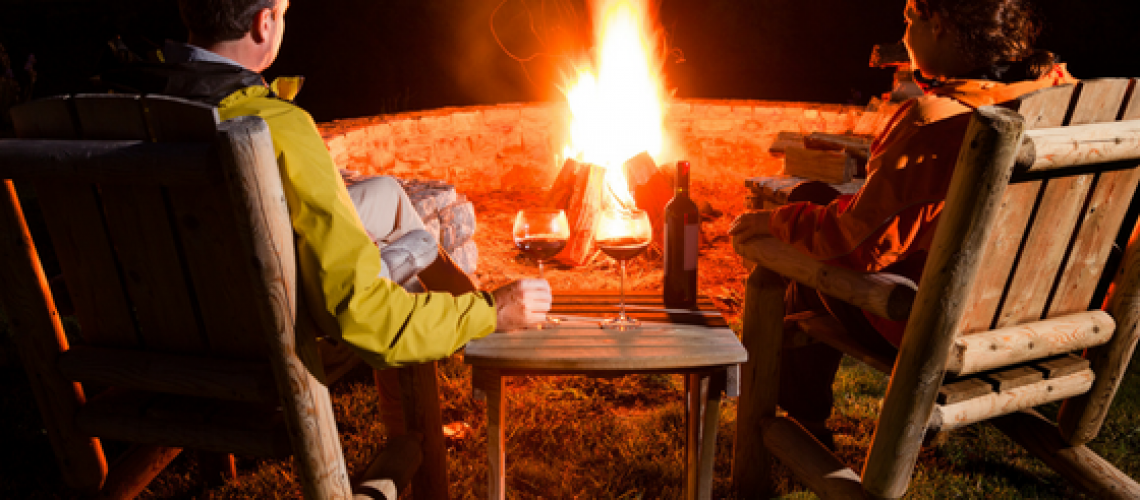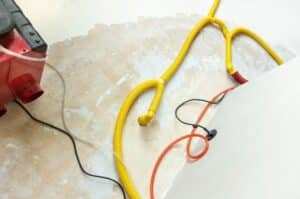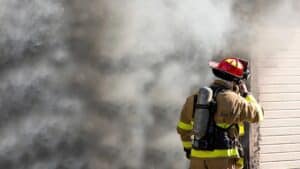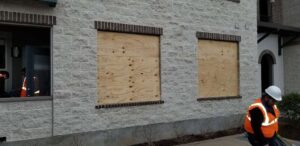A fire pit is an excellent addition to any back or front yard and will add some value to your home. Gathering around a fire pit in your own yard is always a good time. But make sure to keep it a good time by following a few safety precautions to avoid fire hazards.
Follow the 10 ft rule.
Your fire pit should be at least 10 feet from any structure, including your home and any neighboring yards. When considering your fire pit placement, avoid any low hanging tree branches as they can be a serious fire hazard. Place your fire pit on a non-flammable surface, never start a fire on or near a wooden deck.
Consider this before starting your fire.
There are many factors to consider before lighting a fire. Look at the area around the pit, is there anything flammable? Clean out any dried leaves, debris, or twigs that could catch fire. It’s generally a good idea to clean out a five-foot perimeter around your fire pit. It’s also a good idea to have a hose (or another water source) and shovel nearby in case something does go array. Check the weather before lighting up. If it is particularly windy, that could blow ashes from the fire into your yard, which would be very dangerous.
Keep it small and put it out properly.
One of the easiest ways to prevent your fire from getting out of hand is keeping it small. There is no reason to play with fire (literally). Keeping it small, keeps it manageable. When the time comes to put the fire out, dowse it in water and then stir it (very gently) with a shovel or fire poker. Make sure that all the heat is gone before you leave it. As Smokey says, if it’s too hot to touch, it’s too hot to leave.
What are you putting into your fire?
Did you know that different types of wood burn differently? Soft woods (i.e. cedar, red pine, fir, etc..) are more likely to pop and throw sparks. They will also burn faster and hotter. Whereas hardwood (i.e. oak, maple, beech, ash, elm, etc…) is generally known as safer to burn and superior firewood. Using lighter fluids or gasolines can also be very dangerous. These liquids can remain in the firepit after the fire has gone out and can be a hazard.







